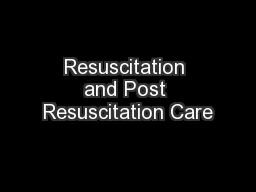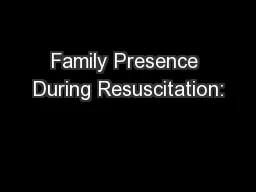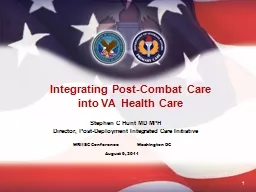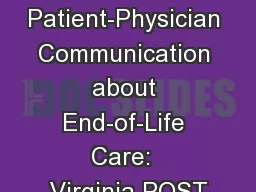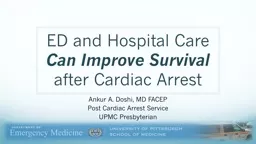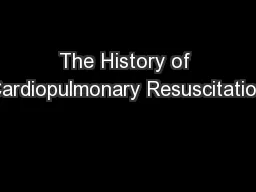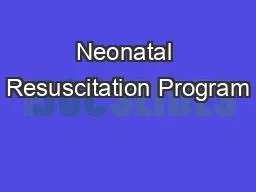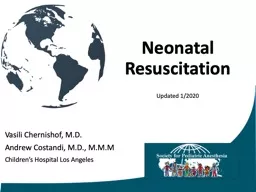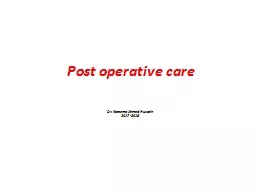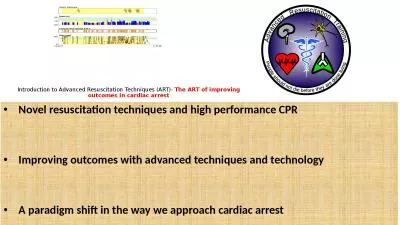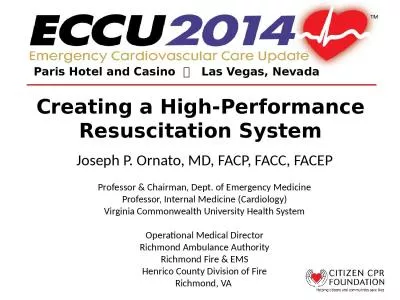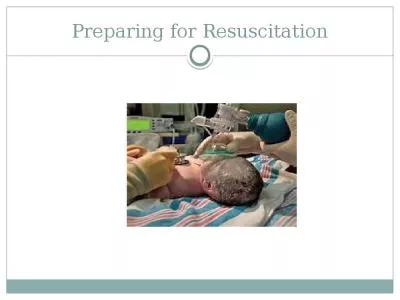PPT-Resuscitation and Post Resuscitation Care
Author : marina-yarberry | Published Date : 2016-07-03
Jose G Cabanas MD MPH FACEP Paul R Hinchey MD MBA FACEP Office of the Medical Director AustinTravis County EMS System AustinTravis County EMS Approximately 12 million
Presentation Embed Code
Download Presentation
Download Presentation The PPT/PDF document "Resuscitation and Post Resuscitation Car..." is the property of its rightful owner. Permission is granted to download and print the materials on this website for personal, non-commercial use only, and to display it on your personal computer provided you do not modify the materials and that you retain all copyright notices contained in the materials. By downloading content from our website, you accept the terms of this agreement.
Resuscitation and Post Resuscitation Care: Transcript
Download Rules Of Document
"Resuscitation and Post Resuscitation Care"The content belongs to its owner. You may download and print it for personal use, without modification, and keep all copyright notices. By downloading, you agree to these terms.
Related Documents

